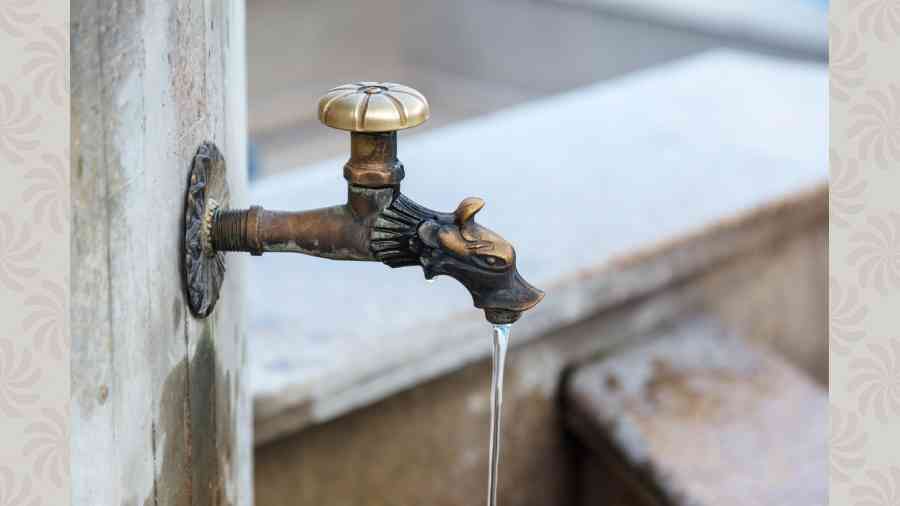The ministry of jal shakti has released India’s first water bodies census, a comprehensive database of ponds, tanks, lakes, and reservoirs in the country. It was conducted in 2018-19, enumerating more than 2.4 million water bodies across India. The exercise is significant given the growing water crisis: India is the 13th most water-stressed country in the world owing to climate change. The census found that 97.1% of these water bodies are in rural areas and used primarily for pisciculture or agricultural purposes, ensuring that most of them cannot be used for human consumption. The adverse impact of this on girls and women must be noted: they are forced to travel long distances or stand for hours in long queues for potable water, leaving them with much less time for other important tasks such as attending school or other income-generating activities. With nearly 7,50,00 water bodies, West Bengal appears to be the richest in terms of access to water. But it is also the state with the second-highest number of villagers who do not have access to safe drinking water in India. Furthermore, Bengal is failing to protect this critical resource. Unabated encroachments on the dwindling natural ecosystem — Calcutta’s disappearing wetlands and waterbodies are a case in point — on account of the nexus between the real estate industry and the powers that be that are profiting from rapid urbanisation are a common occurrence.
The significance of this database thus cannot be overstated. With details on the size, encroachment status and storage capacity of the water bodies, it could help policymakers arrive at informed decisions on matters as diverse as urban planning, restoring ecosystems, and rural employment generation schemes. The data can also be used to address additional, overlapping, sociological challenges. There is, for instance, a discernible link between water and the potential for social unrest. Around 55% of India’s water bodies are privately owned, choking their access to marginalised communities such as the backward castes. Such conflicts are expected to worsen as the water crisis explodes. Water is one of the most important public resources, directly affecting the right to life. The Supreme Court has consistently reiterated the importance of the fundamental right to water as a public resource. But the reality is grimmer. The information yielded by the survey must be used to institute a humane and democratic culture of consumption of a basic resource.











